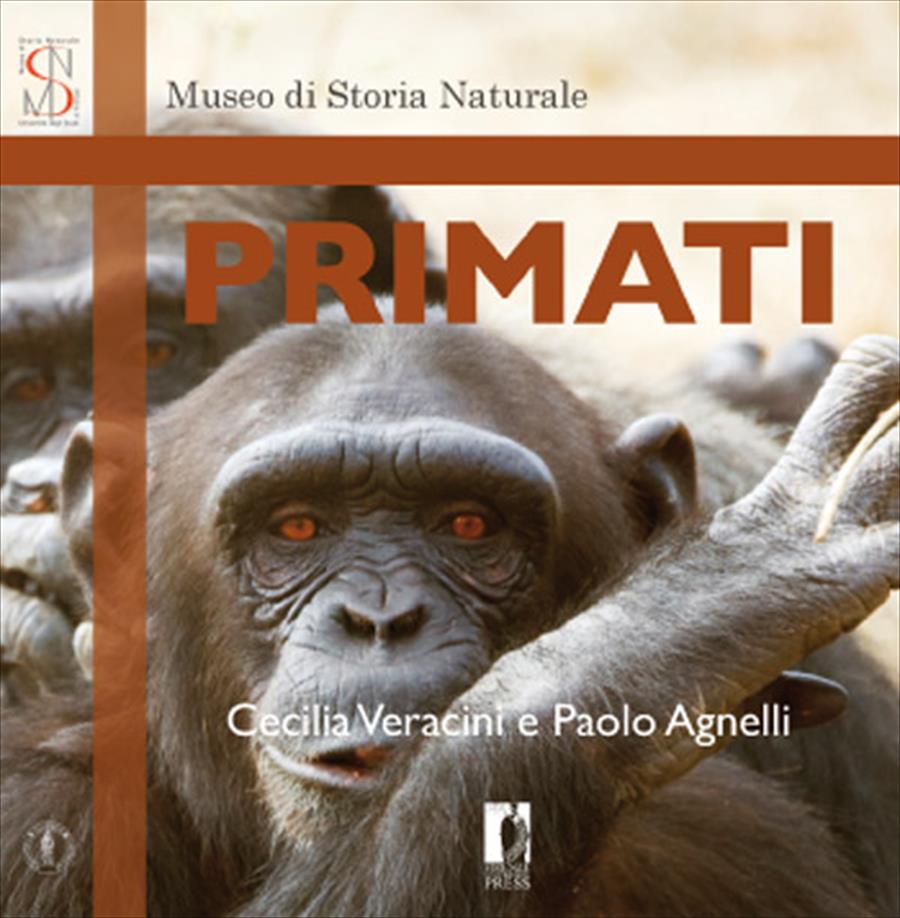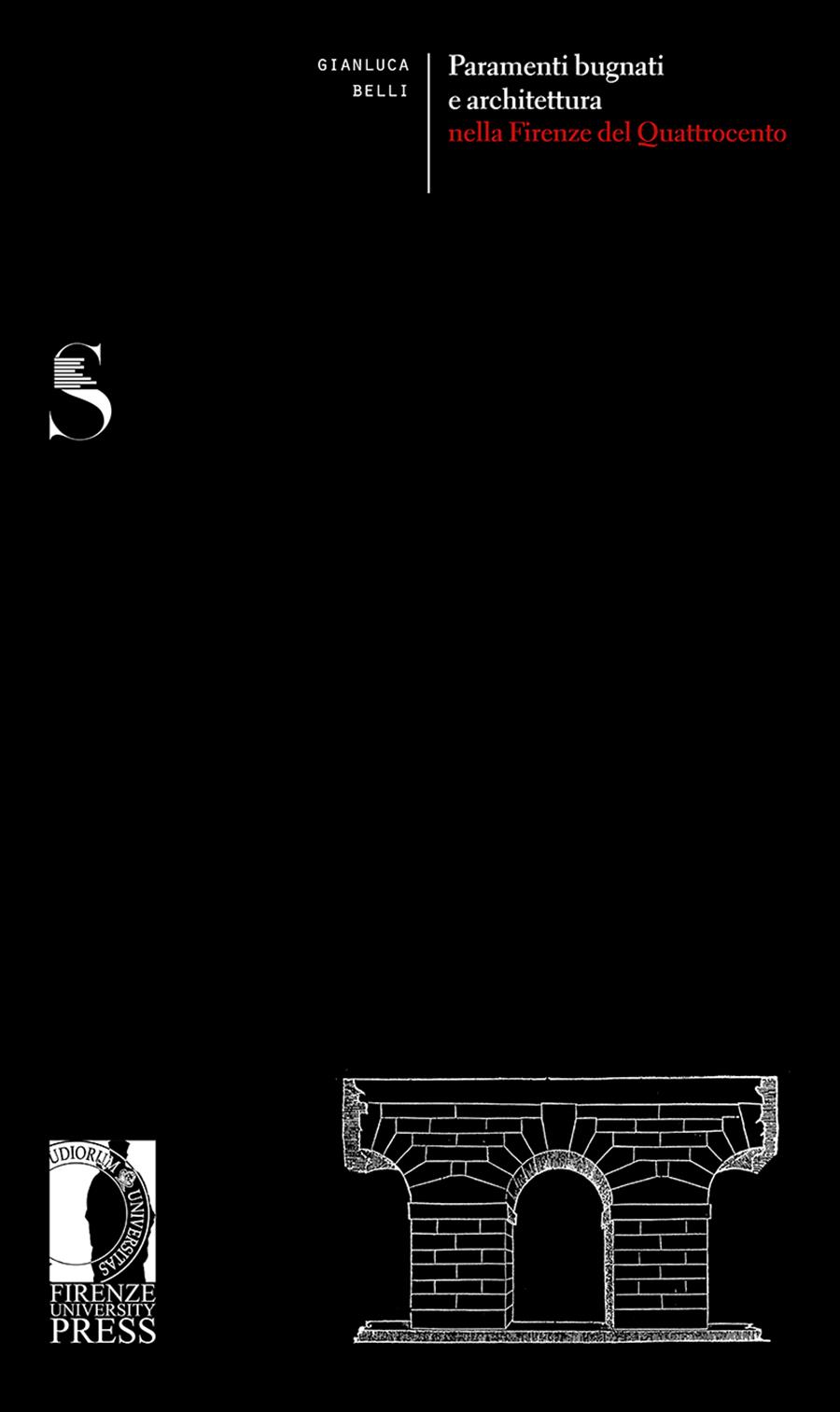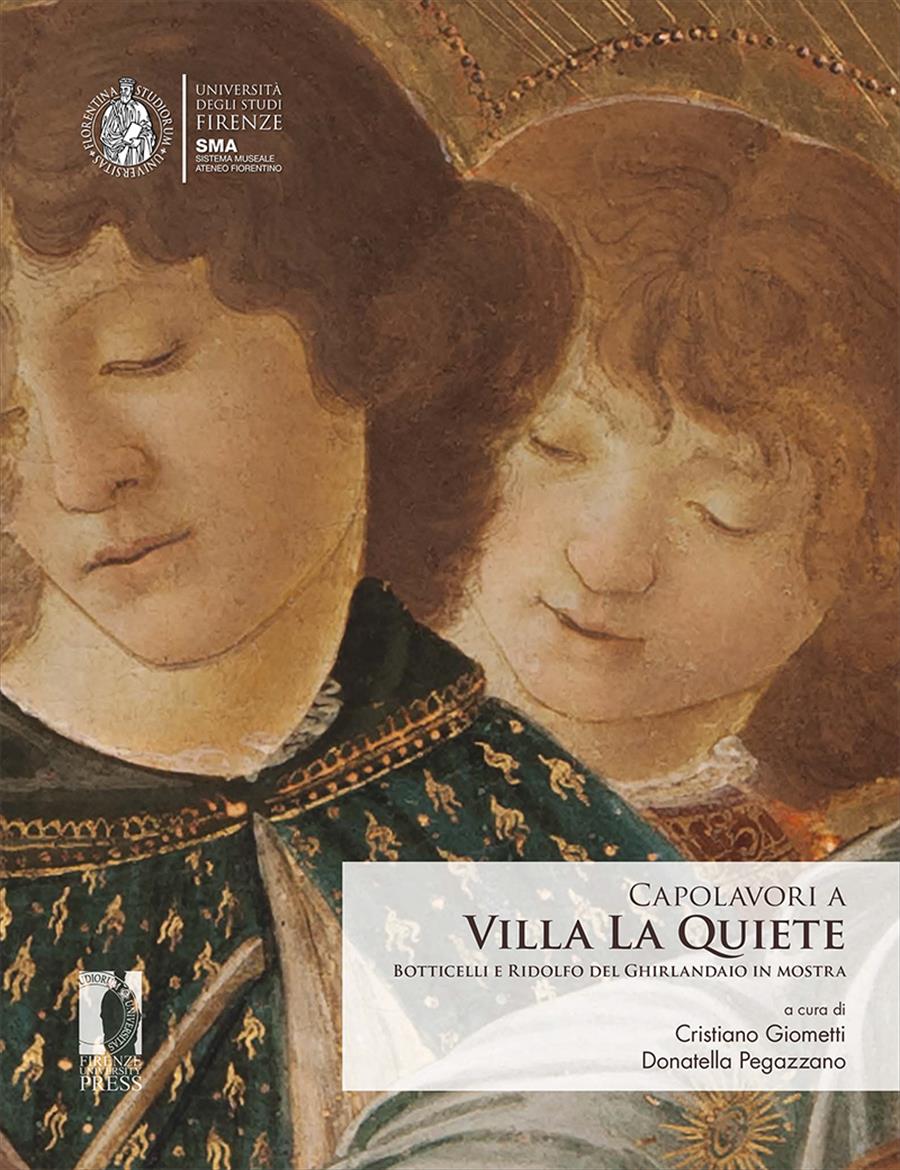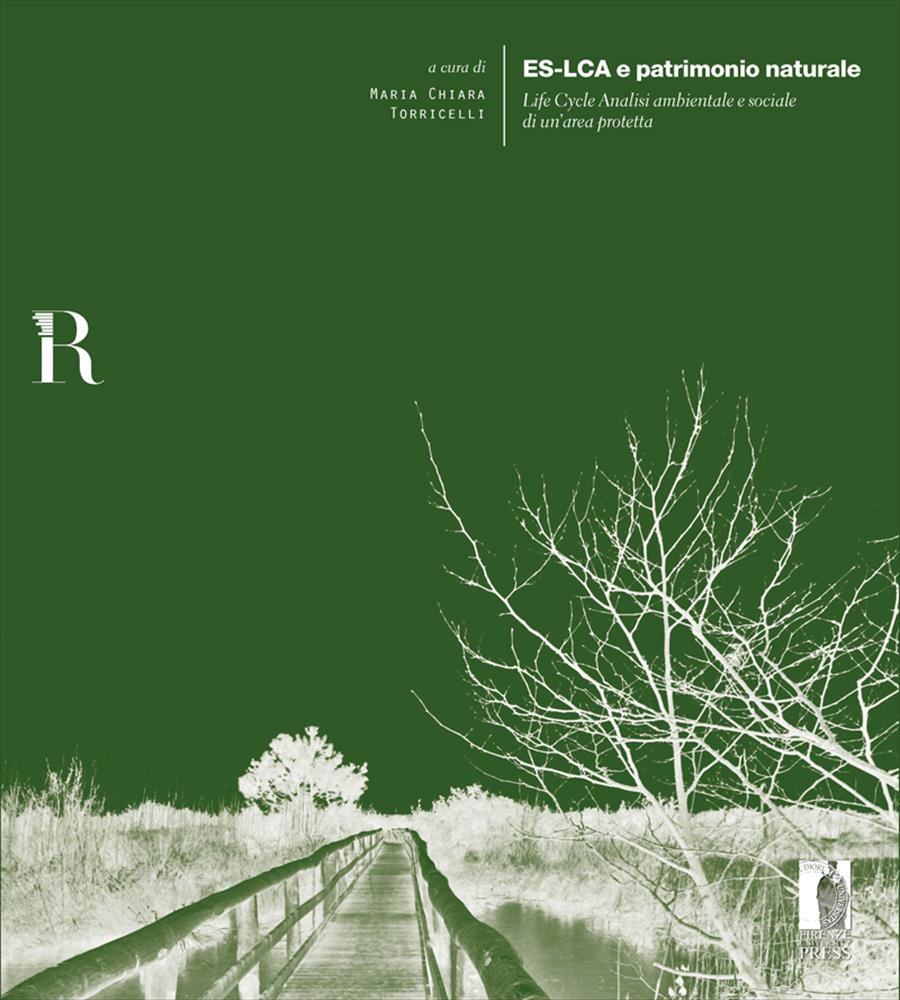Primati
- Cecilia Veracini,
- Paolo Agnelli,
The first descriptions of the anthropomorphic monkeys reached Europe channelled through a combination of legend, anecdote and travel journal. The first actual chimpanzee in flesh and blood only arrived around the seventeenth century, and the similarity between these great apes and human beings immediately unleashed conflicting reactions of attraction and awe, fascination and anxiety. Other primates had already been known in the Western world since antiquity, but creatures so similar to ourselves inevitably set human beings in relation to the rest of the natural world, or rather placed them within the same ongoing process, undermining the attempt at distinction from other animals and the claim to a sovereignty over the planet. We now know that we are not so unique and that we share numerous aspects with our primate cousins. Observing them, respecting them and attempting to understand them is the best way of entering into profound contact with our own nature.
- Keywords:
- Antropologia,
- Zoologia,
- Scienze naturali,
- Museo di storia naturale,
- Firenze,
- Specola,
- DOI: 10.36253/978-88-8453-887-1
- Scientific Board: Consiglio Editoriale FUP 2007-2010
- Language: Italian
- Subjects: Zoology
- Download PDF
-

- © 2008 Author(s)
- CC BY-NC-ND 3.0 IT
University of Florence, Italy - ORCID: 0000-0002-2036-0447
University of Florence, Italy - ORCID: 0000-0002-0004-8325
Paolo Agnelli has a degree in Natural Sciences from the University of Pisa. Since 1990 he has been curator of the Mammals Collection in the Zoology Section of the Museo di Storia Naturale of the University of Florence, where he is in charge of the acquisition, preparation, conservation, cataloguing, updating, display and loan of the materials. He is engaged in various projects for the conservation of fauna at national level, and has edited numerous publications in the zoological field.
- Publication Year: 2008
- Pages: 80
- eISBN: 978-88-8453-887-1
- Content License: CC BY-NC-ND 3.0 IT
- © 2008 Author(s)
- Publication Year: 2008
- eISBN: 978-88-9273-777-8
- Content License: CC BY-NC-ND 3.0 IT
- © 2008 Author(s)
Bibliographic Information
Book Title
Primati
Authors
Cecilia Veracini, Paolo Agnelli
Peer Reviewed
Publication Year
2008
Copyright Information
© 2008 Author(s)
Content License
Metadata License
Publisher Name
Firenze University Press
DOI
10.36253/978-88-8453-887-1
eISBN (pdf)
978-88-8453-887-1
eISBN (xml)
978-88-9273-777-8
Series Title
TITOLO FUORI COLLANA






